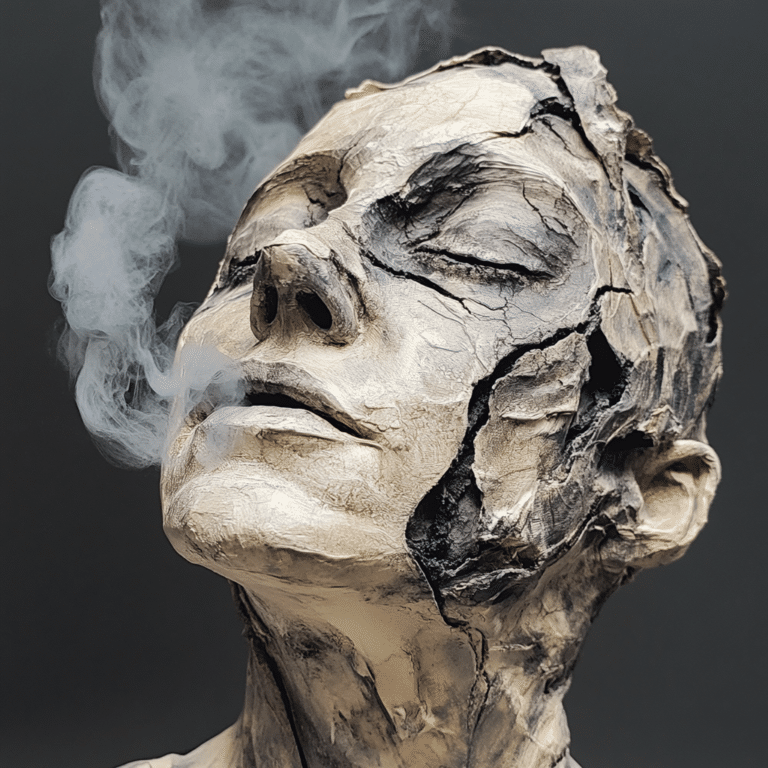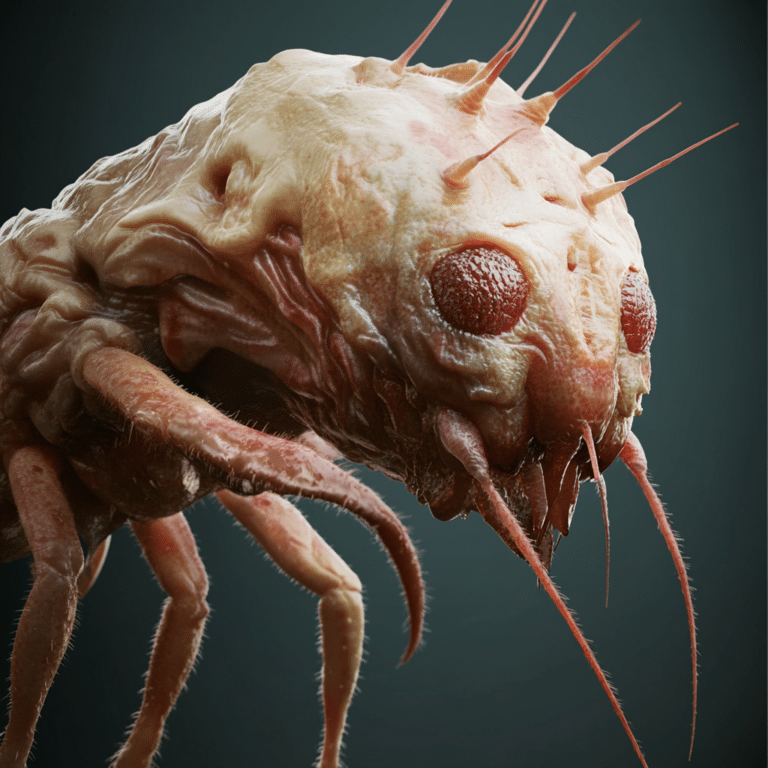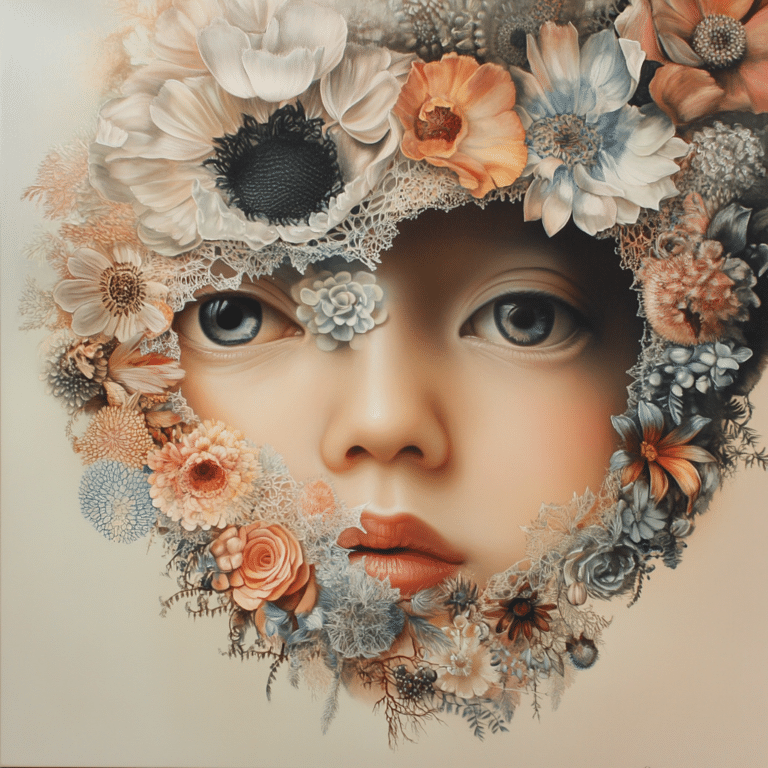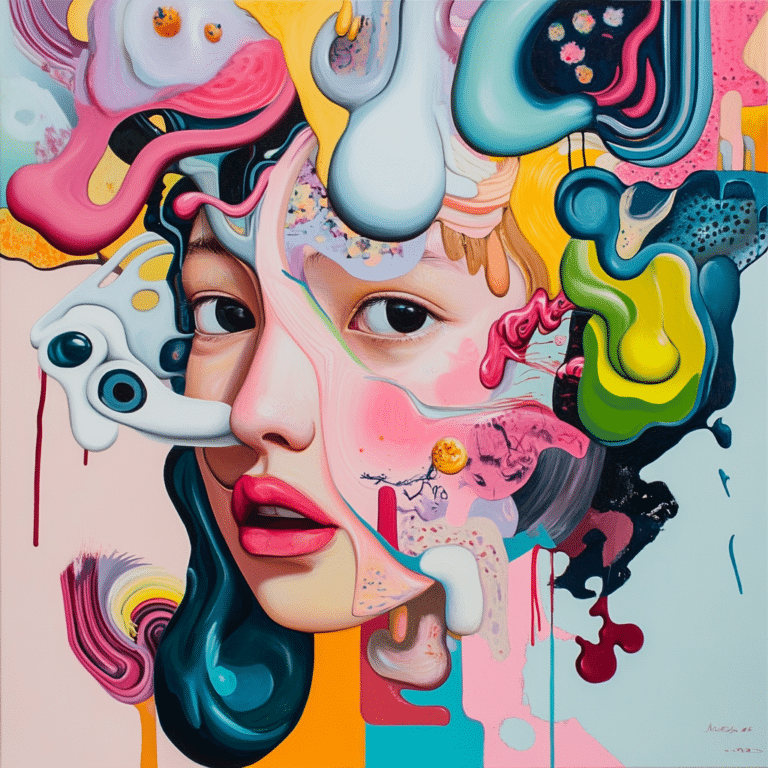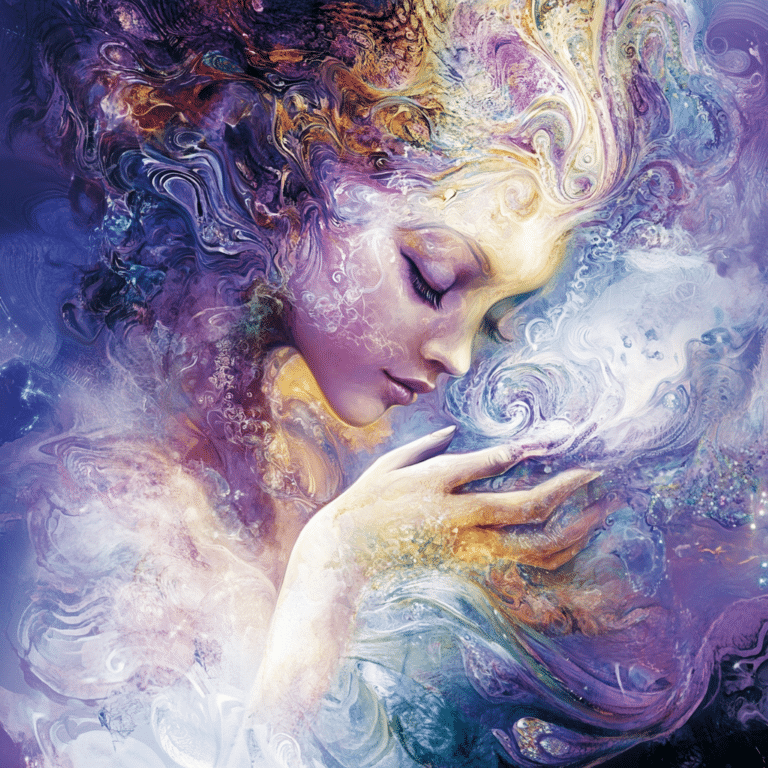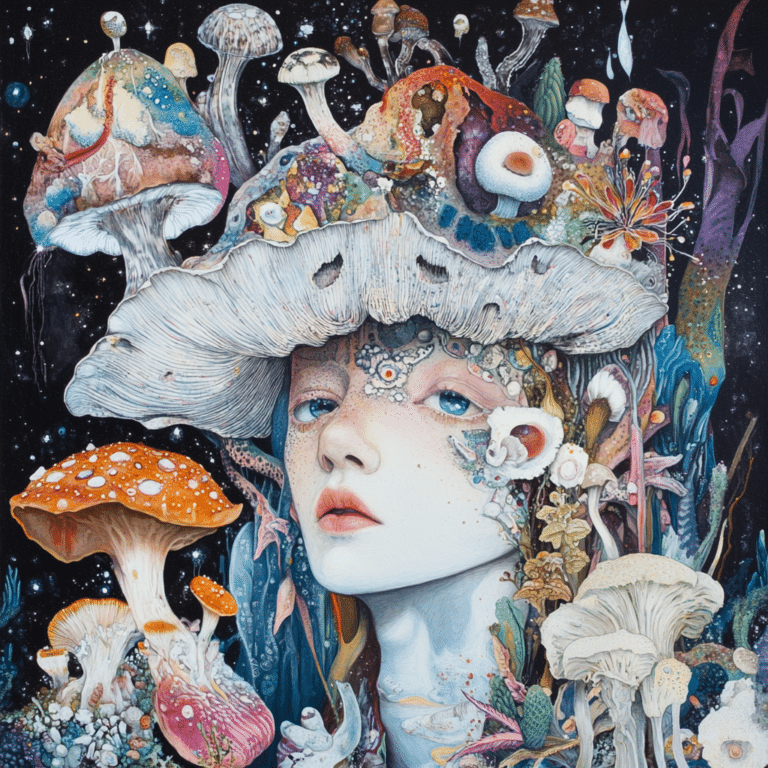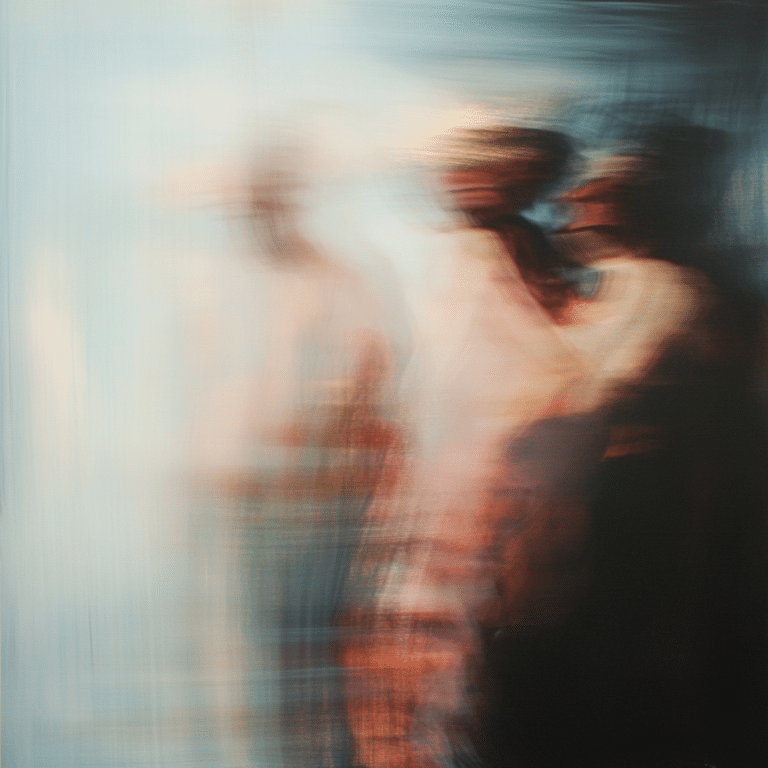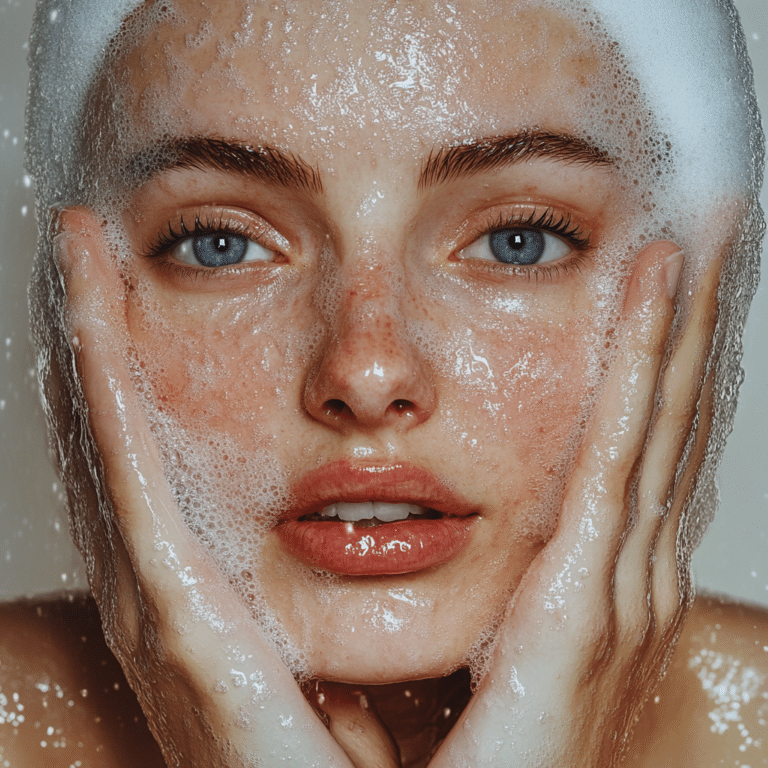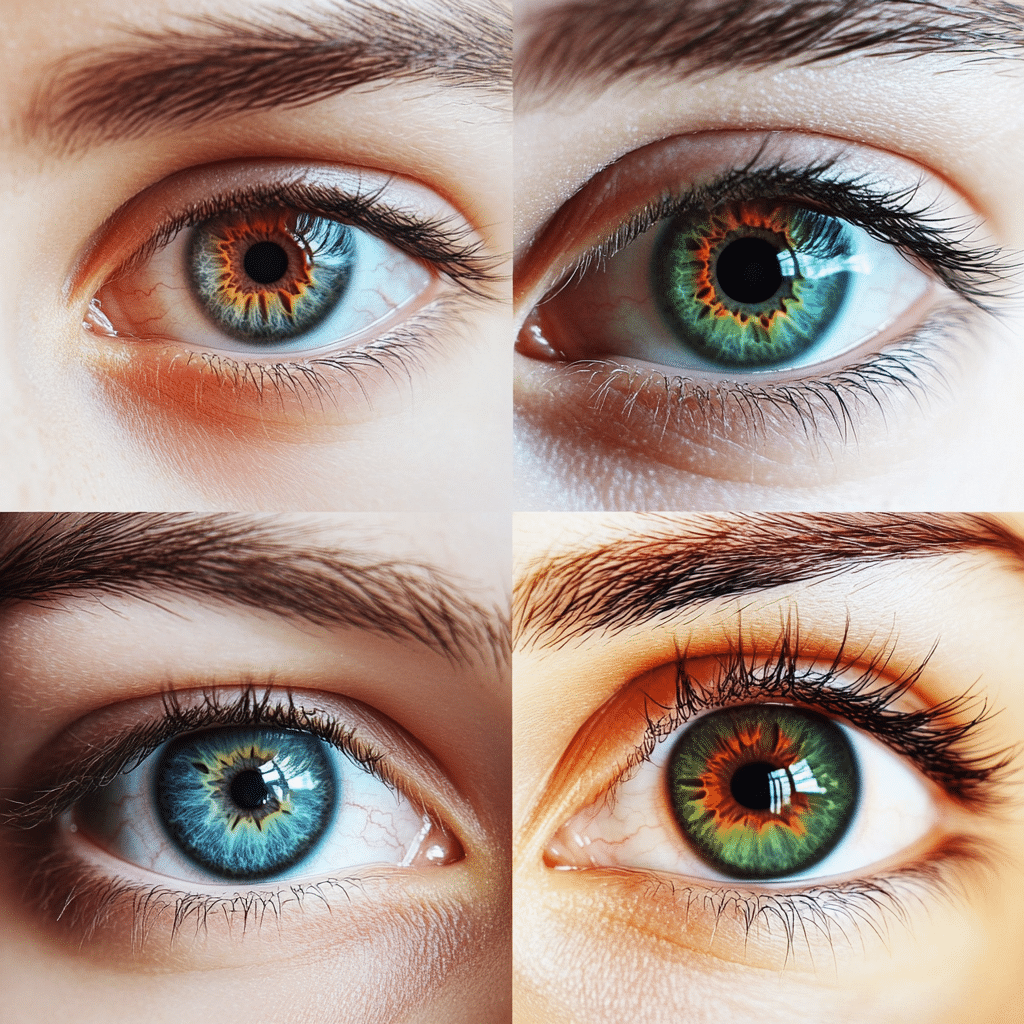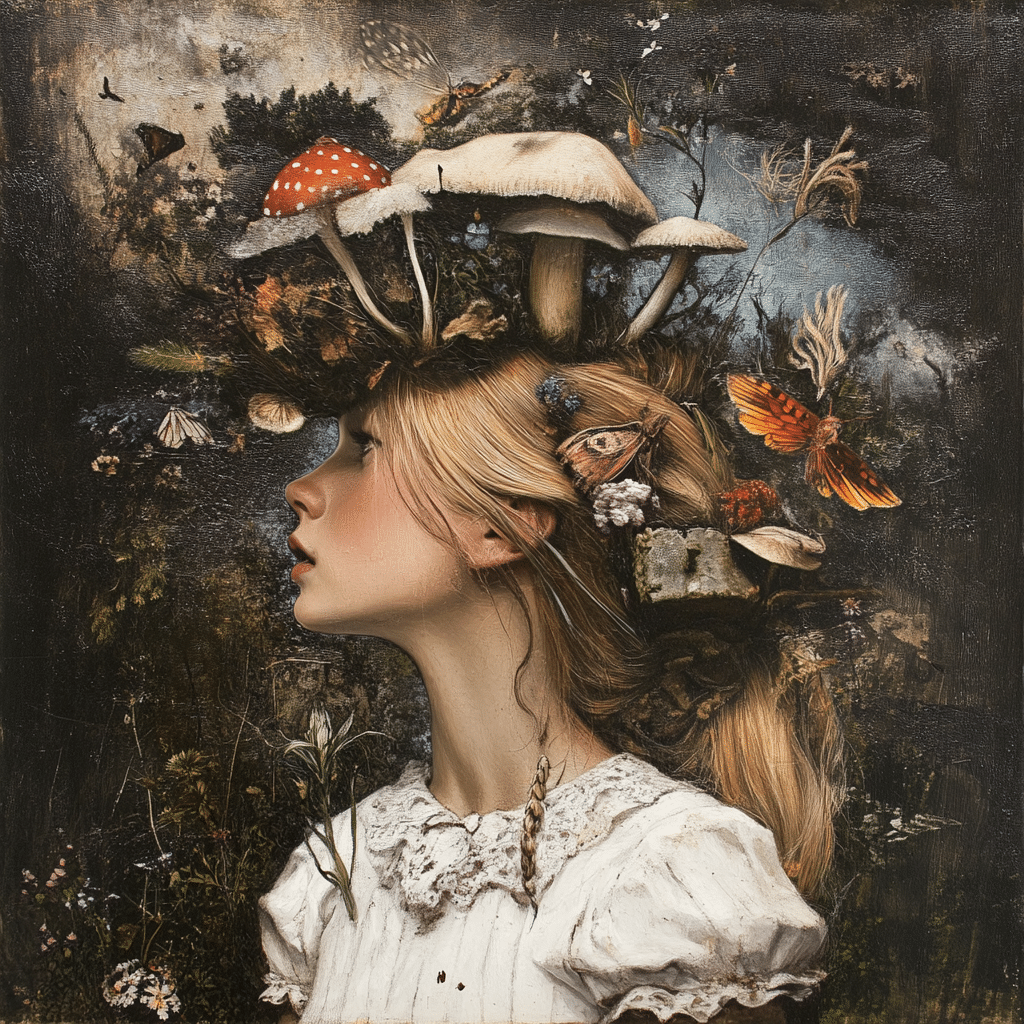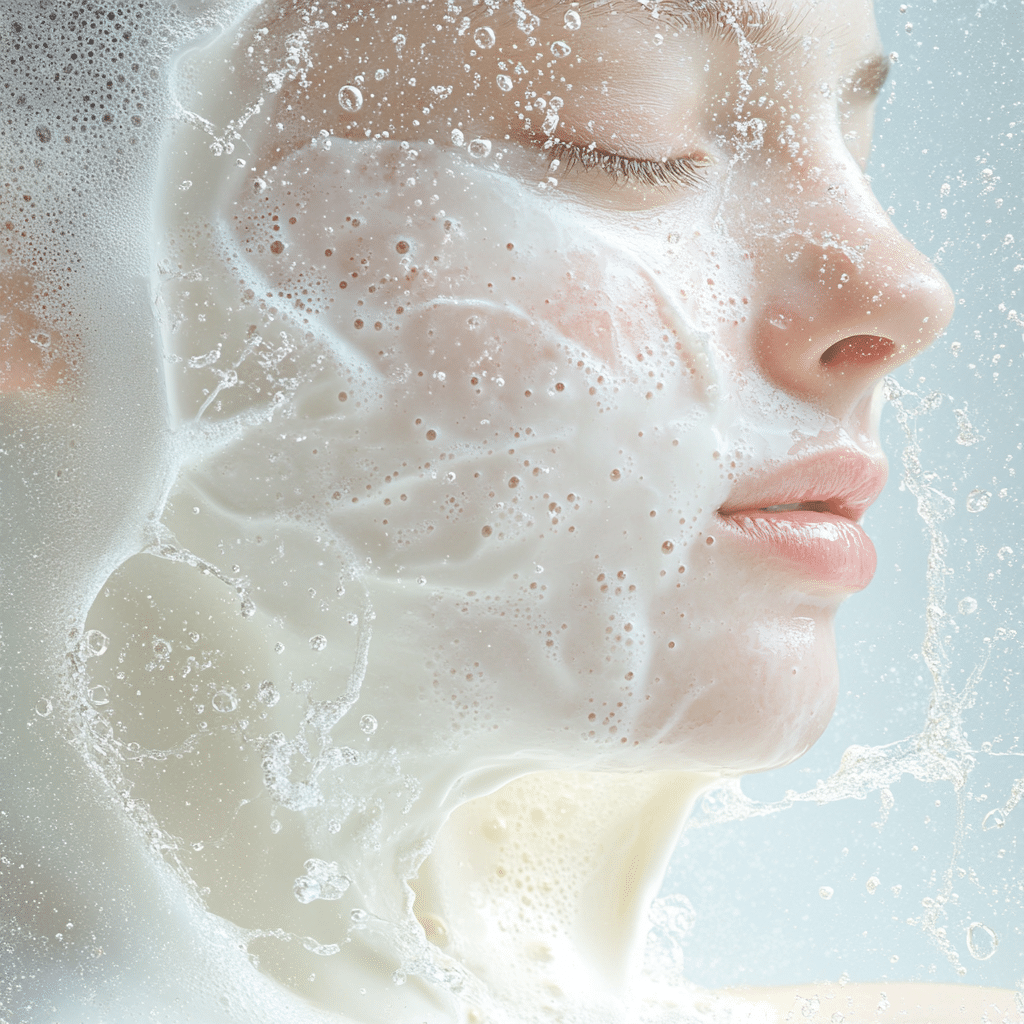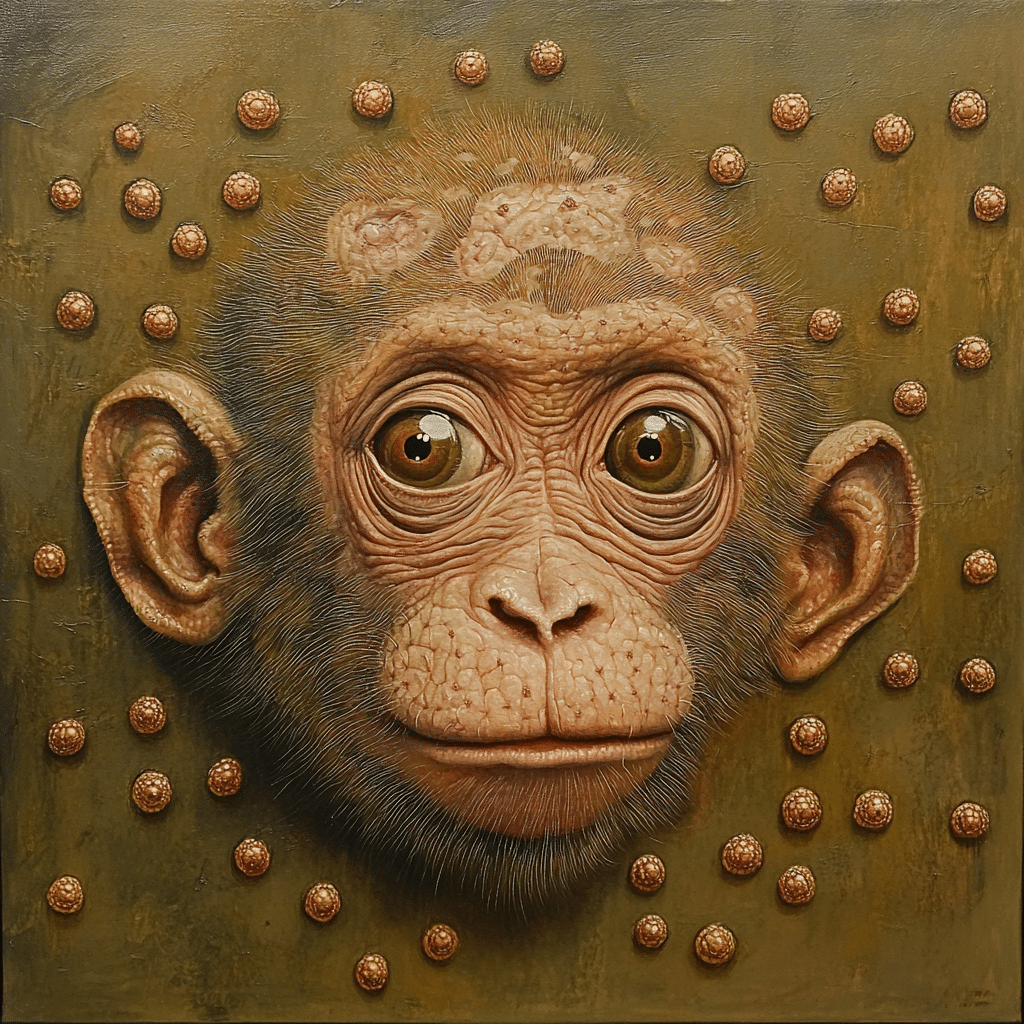Heterochromia eyes—those mesmerizing windows to the soul that come in two different colors—captivate us, don’t they? This striking genetic condition makes individuals stand out in a crowd and boasts a rich history and cultural significance. While everyone dreams of a ripped physique and a killer workout routine, let’s take a moment to appreciate the fascinating beauty of heterochromia eyes and explore the magic behind this unique feature.

1. Understanding Heterochromia Eyes and Its Types
Heterochromia eyes can be broadly divided into two main types: complete and partial. Complete heterochromia shows one iris entirely a different shade from the other, like ice blue paired with deep brown. On the flip side, partial, or sectoral heterochromia, features one eye with a dominant color that sports a segment of another hue. How cool is that?
This extraordinary trait may arise from various genetic factors, developmental quirks, or even health issues. Studies highlight the complex interplay of several key genes, such as OCA2 and HERC2, responsible for this duality in colors. So, while you’re hitting the gym, remember that some folks are also sporting eye colors that could make an artist’s palette drool!
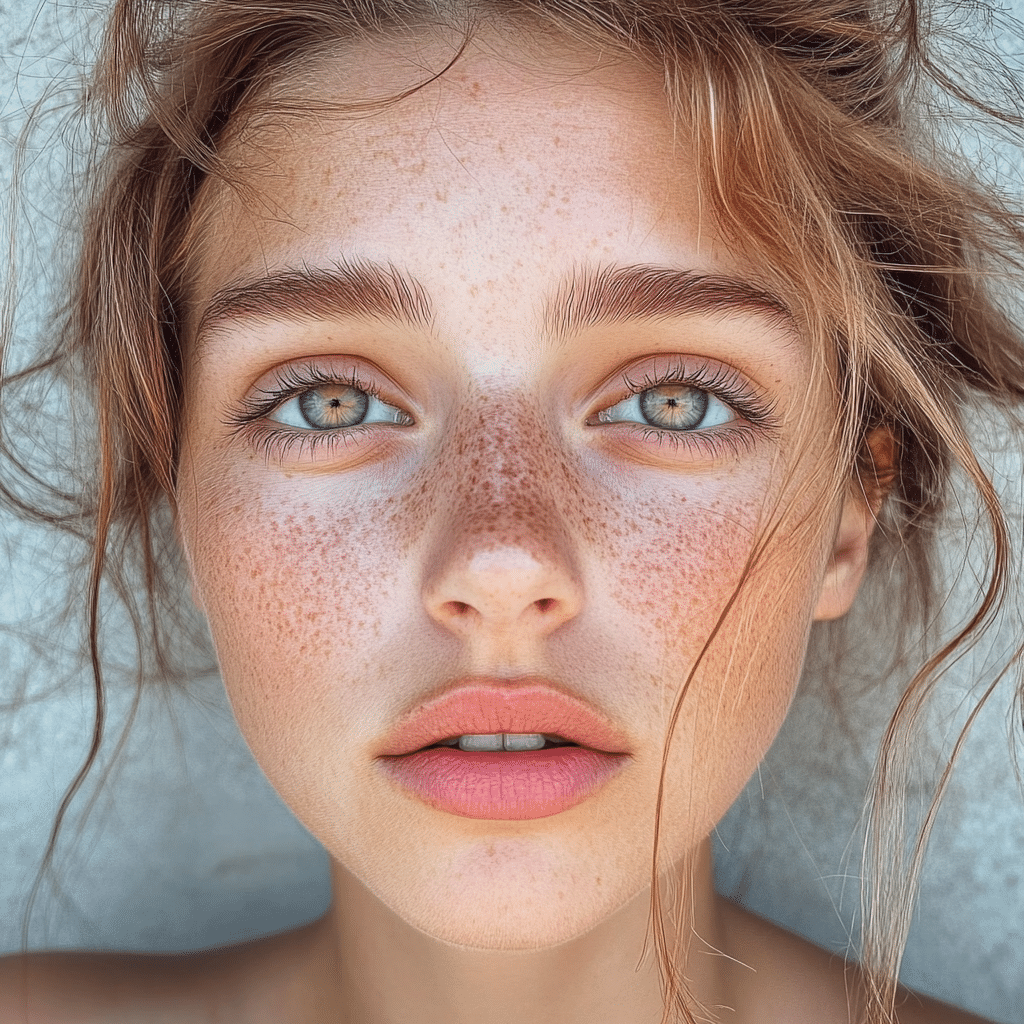
2. Top 7 Fascinating Facts About Heterochromia Eyes
2.1. Historical Figures and Celebrities
We all love a good celeb spot, right? Take actress Kate Bosworth, for instance; her one blue and one hazel eye makes her unforgettable. Or consider David Bowie—his iconic mismatched gaze was a result of an injury, yet it caught the world’s attention and added to his allure.
2.2. Cultural Interpretations and Symbols
Across cultures, heterochromia often carries mystical or superstitious meanings. Ancient Greeks believed that individuals sporting this eye condition were endowed with extraordinary abilities. Plus, its cultural significance has been immortalized through art and folklore, enhancing its mystique.
2.3. Genetics Behind Heterochromia
Diving into the genetics behind heterochromia eyes is like uncovering a treasure chest of knowledge. Among various mutations, the ones influencing melanin production play a pivotal role. People with albinism, who have lower levels of melanin, can exhibit this eye color phenomenon as well, highlighting how genetics can shape physical attributes.
2.4. Associated Medical Conditions
Sometimes, heterochromia can indicate health challenges. While most cases are harmless, alterations in eye color can signal conditions like Horner’s syndrome or Waardenburg syndrome. Even patients with seborrheic keratoses—benign skin growths—may notice slight variations in pigmentation around their eyes that enhance their natural eye colors.
2.5. Central Heterochromia Explained
Ever heard of central heterochromia? It’s a specific variety where the inner ring of the iris contrasts with the outer part. This striking feature is often found in individuals from diverse genetic backgrounds, showcasing shade combinations like green with a brown center. Talk about a conversation starter!
2.6. Merging Myths and Realities
While some may romanticize heterochromia, not every case is about beauty; some link it to health conditions like subclinical hypothyroidism. This mild ailment could result in eye color changes, although further research is needed to fully understand the connection.
2.7. The Increasing Popularity of Cosmetic Aids
In today’s world, cosmetics designed to mimic heterochromia are all the rage. Brands like ColorCopia and LensCrafters offer colored contact lenses that allow people to experiment with eye colors. Want to channel your inner Bowie? Now you can!

3. The Allure and Social Impact of Heterochromia Eyes
There’s something undeniably charming about heterochromia that sparks curiosity and admiration. Many individuals with this eye trait find they naturally draw attention when they walk into a room. While this can lead to interesting conversations and social connections, it can also come with challenges, such as being perceived as different.
However, wouldn’t you agree that this uniqueness creates opportunities? It’s clear that heterochromia can open doors, create discussions, and inspire people to embrace their individuality. After all, standing out in a gym packed with identical faces can make all the difference, especially when you’re on the journey to get shredded.
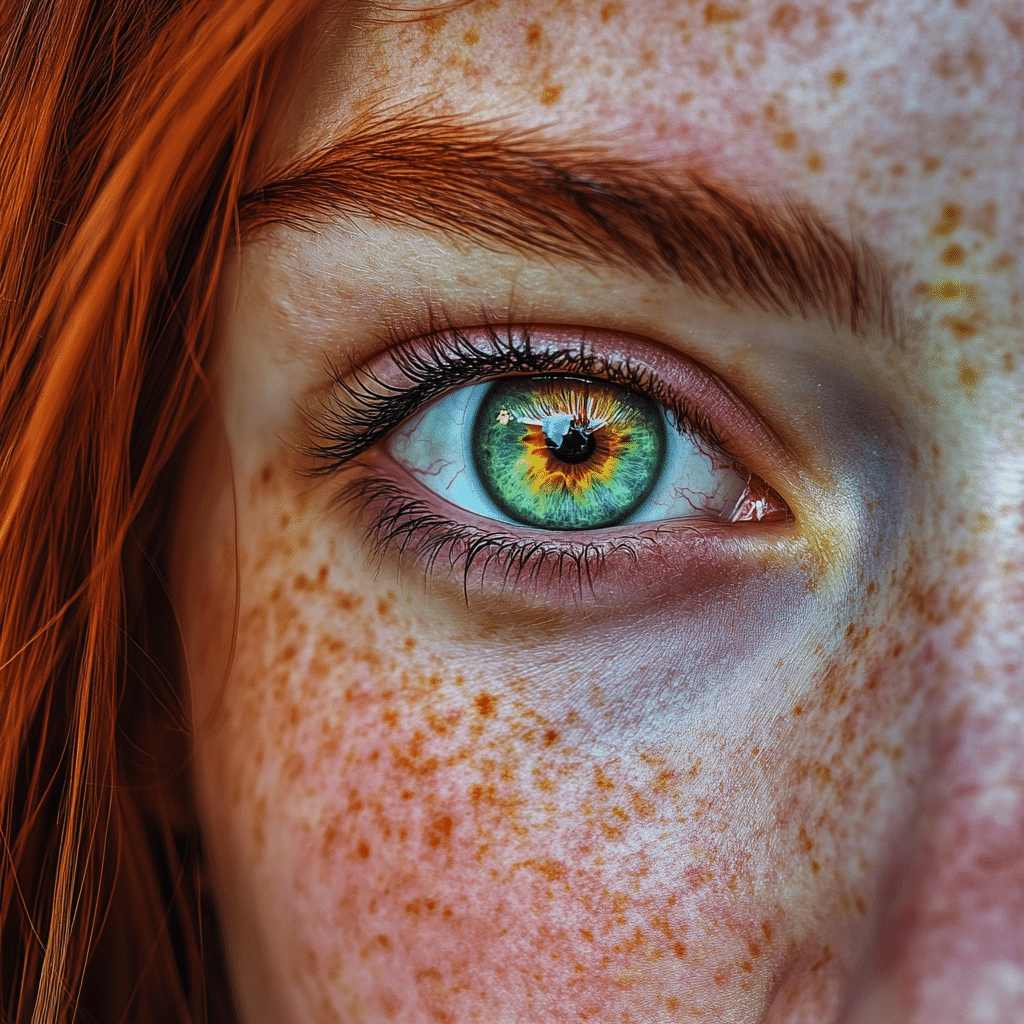
4. Celebrating the Unique Beauty of Heterochromia
When we see heterochromia eyes, we’re reminded that beauty comes in countless forms. Whether it’s a sharp contrast or subtle gradient, these striking hues reflect our individual traits and stories. As we continue to learn more about genetics and wellness, our appreciation for diverse features only grows.
The duality of eye colors can echo the complexities of our personalities and experiences. And just like sculpting a ripped six-pack takes dedication and hard work, embracing the uniqueness of heterochromia reminds us to celebrate diversity in all its forms. So the next time you see those captivating eyes, remember the beauty they hold—because variety is what makes life spectacular!
In closing, heterochromia eyes represent more than just a sensational appearance; they encapsulate a story of genetics, culture, and individuality. Remember to harness that uniqueness both in and out of the gym. Rock those beautiful eyes with pride, and inspire others with your journey to be the best version of yourself—because confidence, much like a perfectly sculpted body, is truly the ultimate key to success! And whether you’re dreaming of dumpling deadlifts or diving deep into health and fitness, don’t forget to embrace every aspect of yourself. Keep pushing, stay motivated, and let that beauty shine!
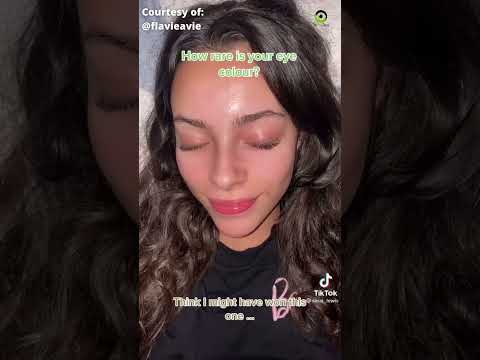
Heterochromia Eyes: An Enigmatic Beauty of Two Colors
What is Heterochromia?
Heterochromia eyes, where each iris flaunts a different hue, are quite rare, occurring in roughly one in every 1,000 people. This striking difference can be complete, with one eye entirely one color and the other a contrasting shade. Alternatively, it can be partial, where different colors exist within the same iris. Interestingly, some animals also exhibit heterochromia, such as Stingrays, whose eyes can display diverse pigmentations. The variations in color among these creatures, much like human heterochromia eyes, serve largely cosmetic purposes rather than affecting vision.
Famous Faces with Heterochromia
Several celebrities have embraced their heterochromia eyes, adding to their allure and public personas. For instance, the Korean pop icon Lee Hyori stands out not just for her talent but also for her captivating eyes, which contribute to her star power. This phenomenon often piques curiosity, leading fans to explore the fascinating stories behind their favorite stars. Furthermore, heterochromia has become a conversation starter in various cultures, much like the colors in the vibrant Haiti flag, which represent the nation’s rich history and resilience.
Fun Heterochromia Facts
Did you know that heterochromia can sometimes result from genetic factors, injury, or even certain schedule 2 Drugs? This adds yet another layer to the complexity of these unique eye colors. Those with heterochromia might find themselves in a similar spotlight as athletes who rely on strength training, often spotted using techniques like the dumbbell Deadlift for a killer workout routine. Additionally, some people have claimed that incorporating certain foods, like celery, into their diet may promote eye health, ensuring those stunning hues remain vibrant.
Whether it’s in books like “Leave the World Behind,” where characters might just happen to have heterochromia as a defining trait, or in everyday life, individuals embrace their eye diversity, turning it into a badge of distinction. The enigma of heterochromia eyes continues to fascinate, drawing interest from art, science, and popular culture alike!



